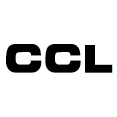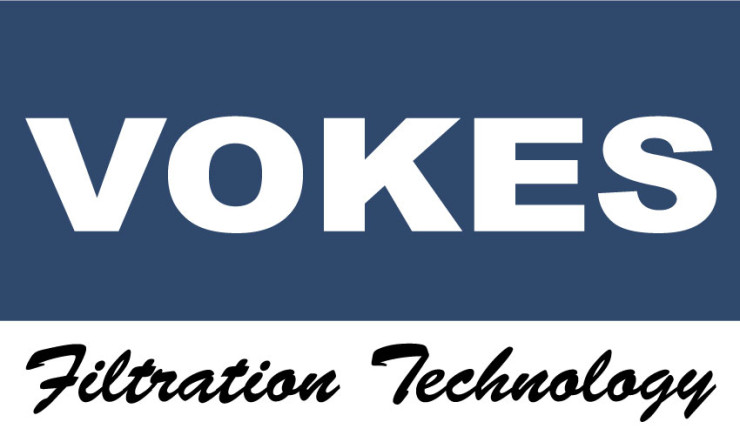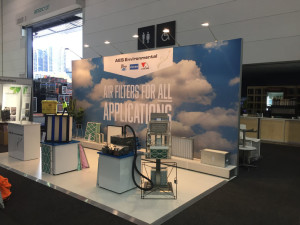Background:
The new AS1807 series was developed from a requirement to consolidate Twenty-Six individual standards in to one comprehensible test method that could be applied to a range of products. As a result there have been some notable improvements in transparency, test methodology and a reduction in the barriers of entry.
In this context the AS 1807 series of test methods is utilised by registered service organisations, Australian laboratories and associated safety cabinet users. Those groups have regularly completed an annual certification process under the guidance of National Australian Testing Accreditation “NATA”. This is due to the practical ease and transparency for delivering a rapid “pass or fail result” to end users at their work place environment which has resulted in high user uptake of more than 85% within the work place, significantly higher than any other regions of the world.
Consolidation of the various test methods would seem like an obvious solution however in the past this has not been the case. The driving force behind change came from an unlikely source; the adaptation of an ASNZ/ISO Clean Room Test Method that would likely cause conflict in the market.
So, what’s new?
AS1807, was given a new title “Separative Devices” with a clear definition for use “Biological and Cytotoxic Drug Safety Cabinets, Clean Workstations, and Pharmaceutical Isolators – Methods of Test”. With a defined focus it is now clear where these standards should be applied. Test methods that are not applicable to the definition have been removed and about half have been revised and updated.
A critical aspect of the new standard was the requirement to independently validate the competency of service providers in the delivery of on-site technical services, safety cabinets and other separative devices to ensure that those devices are safe and fit for purpose at the users place of work. The test validation process needed to be relevant, simple to apply, cost effective, provide a ready pass/fail outcome and reproduceable within any work place environment. A high level of importance was provided to the types of equipment to be used, and the effect of aerosol test challenge and pressures.
Driving this development was the increase in the range of deemed diseases, from what had been traditionally asbestos related diseases to include numerous additional types now included many found within the laboratory work place. AS1807:2021 appendix B table B1 references the higher risk posed to laboratory personnel for brucellosis, Q fever and Typhoid due to their low infectious doses and increased infection caused through aerosol inhalation.
In addition to the actual test methods, technical aspects of test equipment have been reviewed and updated. This includes anemometers, lighting, and the effect building vibration can place on the placement of bio safety cabinets in high rise buildings.
It is considered critical for effective measurement of HEPA sealing integrity to ensure an upstream concentration of aerosol. An effective range was considered to be 1mg /m3 to 100mg/m3. Given the complexity within the test methods and how one test adjustment can impact another.
The new standard provides useful information for users and the industry by providing a guide of estimated times, one should consider when conducting tests in accordance to AS1807:2021. This guide is shown in Table 2.1 and offers users an indicative time frame for when their annual services are required. Procedure 4.4.5.2 refers to the travers rate for effectively scan testing HEPA filters and references to the time using varying size tips and speeds between 0.3 to 0.6m/s are shown in Appendix D. Speeds outside the recommended test velocity are shown with a traverse rate of “0” and highlighted in blue.
Conclusion
The new AS1807 Standard combines all of the relevant individual standards in one convenient location. This has significantly reduced the cost of owning this standard and provides clarity to all user groups. Furthermore, the test methods have been refined and modernised based on research and to suit the latest equipment. This is more than comprehensive update of AS 1807; this new Standard sets out a clear test methodology with performance targets for Biosafety Cabinets and other Separative Devices that no other global standard clearly defines.
AS 1807:2021 is a focussed, locally developed standard that takes in to account the unique challenges that face stakeholders within Australia. This is unlike modern adaptations of global standards that take a broader approach to accommodate a wider user-group












